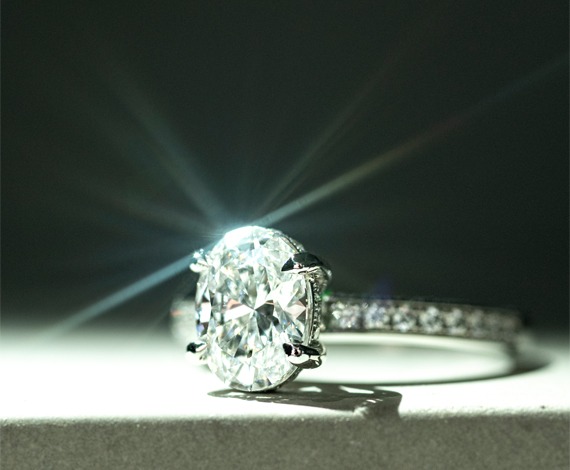The Hope Diamond
The Hope Diamond is arguably the most famous precious stone of all time. It is a 45.52-carat diamond that comes with a 350-year-long history. The Hope Diamond was at the centre of multiple tragedies, and after it was stolen and recut, it is said to have inadvertently caused the death of anyone who owned it.
The Hope Diamond was discovered in India in 1673 and was originally a 115-carat blue diamond before it was recut. Its previous owners included King Louis VIV and Marie Antoinette, who were both brutally beheaded while in possession of the stone.
In 1839, Henry Diamond Hope purchased the beautiful blue menace; from then on, it was known as The Hope Diamond. Unfortunately, he also died untimely, and his family sold it to pay off his staggering gambling debt.
It was then passed on to Jeweller Wilhelm Fals, who was killed by his son soon after. The son took the gemstone but committed suicide shortly after he murdered his father.
This was not enough to deter young heiress Evalyn Walsh McLean who bought the cursed diamond. However, she, too, would face unimaginable loss. Both her son and daughter passed away aged 9 and 25, respectively. If that wasn't enough heartache, her husband abandoned her and was later found to have gone mad and died.
Evalyn's heirs inherited the stone and sold it to Harry Winston, who toured around the country with the infamous stone and then chose to donate it to the Smithsonian Museum. He mailed the large diamond to the museum via United States mail for a $2.44 postage fee, which points to the fact that after its horrific past, he just wanted to get rid of it.
The Black Orlov
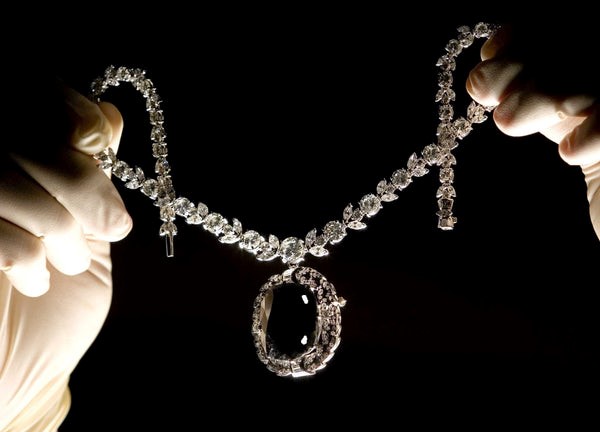
Photo credit: London Museum of Natural History
The Black Orlov was originally a 195-carat black diamond and is also sometimes known as the Eye of Brahma Diamond, as it is rumoured to have been stolen from the eye of an ancient statue of Brahma, a Hindu god. The monk that stole the stone was also rumoured to have been murdered. The theft of The Black Orlov is the alleged origin of this gemstone's infamous curse.
In 1932 a diamond dealer named J.W. Paris brought the Black Orlov to New York City to sell it. After his business had failed, the dealer committed suicide by jumping from a skyscraper only a couple of months after arriving in the city.
Another one of the black diamond's owners, Princess Nadia Orlov – who gave the cursed diamond its nickname – also committed suicide by jumping out of a building.
The Black Orlov has since been recut to 67.50 carats. It now sits as the centre stone of a diamond pendant. The last time it was seen was at an auction in 2006, and allegedly the new owner swears that the curse has been broken.
The Koh-i-Noor
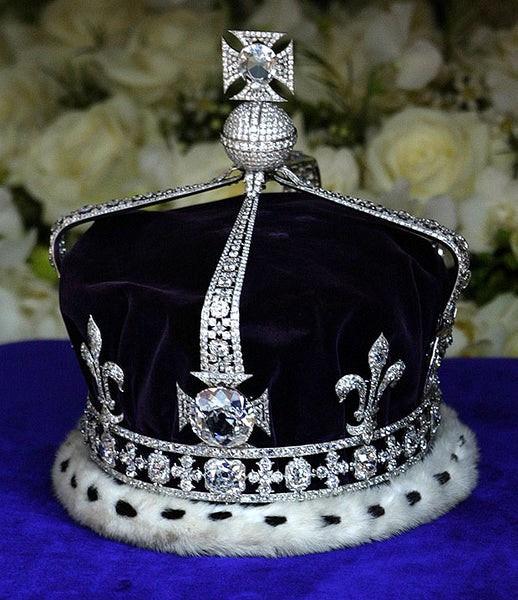 The Queen Mother's coronation crown features the Koh-i-Noor Diamond.
The Queen Mother's coronation crown features the Koh-i-Noor Diamond.
The Koh-i-Noor diamond was discovered in the 14th century and was passed down through several ruling maharajahs.
The stone gained notoriety when it was owned by Shah Jahan, the famous Mughal ruler who built the Taj Mahal. He commissioned the giant 186-carat diamond to be fixed into his iconic Peacock Throne. But before he could marvel at this decision, he was overthrown and captured by his son.
A century after this, a Persian commander named Nadir Shah took control over the region and declared it Koh-i-Noor, which translates to 'the mountain of light'. He had the diamond removed from the throne and wore it in a custom armband.
Another century passed, and the British had taken control of India's trading posts. The diamond was allegedly given to Queen Victoria, although there is debate over whether it was a gift or taken.
In 1911 Victoria commissioned the cursed gemstone set in the Imperial Crown. She believed she was safe from any curse as it was only believed to be fatal to men. There is a translation from a Hindu text about this diamond that states: 'Only God or a woman can wear it with impunity.
This crown was reserved solely for female royals, so as the legend goes, the curse should be broken as long as it stays that way.
The Delhi Sapphire
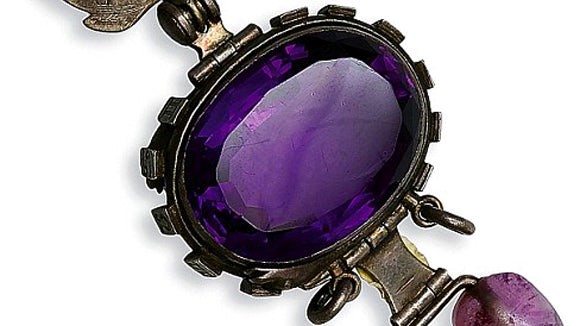
Photo Credit: Adiamor
Although it is named the Delhi Sapphire, this gemstone is amethyst. The story of this particular cursed gemstone originates with a British soldier who stole the stone from the temple of Indra, the Hindu god of war.
It is said that the soldier in question experienced terrible luck, so he gave it away to a scientist named John Heron-Allen. The curse of the gemstone supposedly struck immediately, and Heron-Allen also tried to give it away but was unsuccessful.
The scientist was experiencing bad health problems, which he thought were caused by the amethyst. So, in a final attempt to get rid of it, Heron-Allen threw it into the Regent's Canal in London.
The Delhi Sapphire proved the curse had not been lifted and was returned to the scientist a few months later by a jeweller. Heron-Allen locked the stone away and refused to look at it or even speak of it for the rest of his life.
Nowadays, the Delhi Sapphire is on display at the London Natural History Museum and is strictly prohibited from touching with bare hands. Whether this is for the safety of the stone or to keep the curse at bay is not exactly clear.
The Sancy Diamond
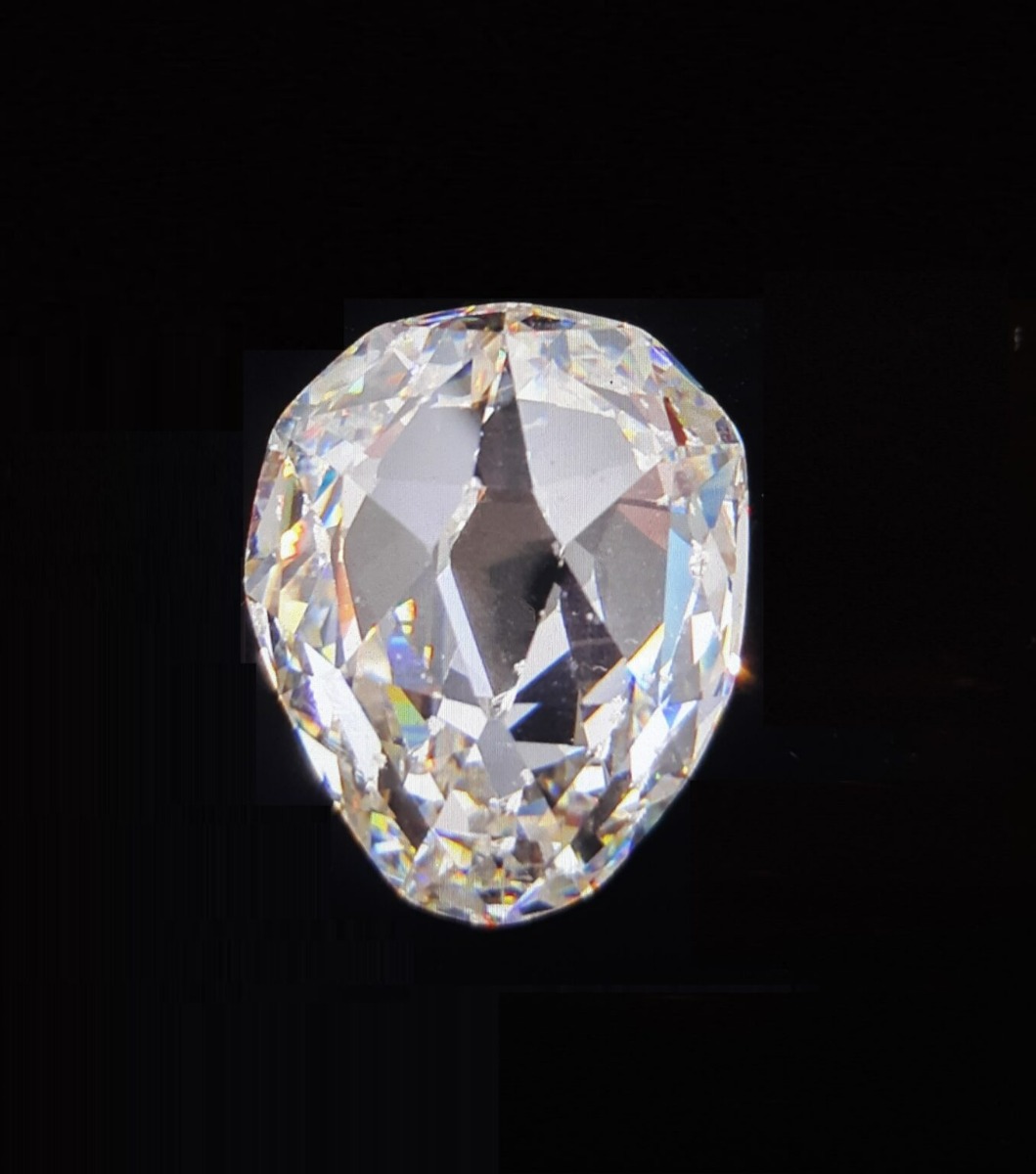
Image Credit: Museum Diamonds
The Sancy diamond is a 55.23-carat pear-shaped pale-yellow diamond. It has one of the most terrifying and gruesome stories and dates back to the 16th century.
Three of the diamond's notable owners were royals: Burgundy's Charles the Bold, England's Charles I, and France's Louis XVI. They all faced horrible deaths whilst in possession of the stone. Over the centuries, the cursed diamond was pawned to finance wars, stolen, and eventually went missing for decades.
The diamond was named for its owner during the early 1600s, Nicolas de Harlay, Seigneur de Sancy, who was King Henry IV's finance minister. Sancy's loyal servant was meant to deliver the stone to its next owner, King James I. However, he was attacked by robbers.
To halt the attack and make the gemstone unattainable, the servant swallowed it. This attempt failed to stop the robbers as they murdered him anyway and removed the diamond from his corpse.
King James I, the next owner of the cursed diamond, needed some quick cash and sold it to the French royal family. However, the curse continued, and once again, it was stolen during the French Revolution.
It then reappeared at the hands of a Russian prince, was swapped and traded a few more times and in 1906 fell into the ownership of William Waldorf Astor, who gave it as a wedding gift to his bride Lady Astor, who wore it adorned on a tiara.
In 1978, the Astor family sold the Sancy to the Louvre for $1 million, and it remains there to this day.
The Regent Diamond
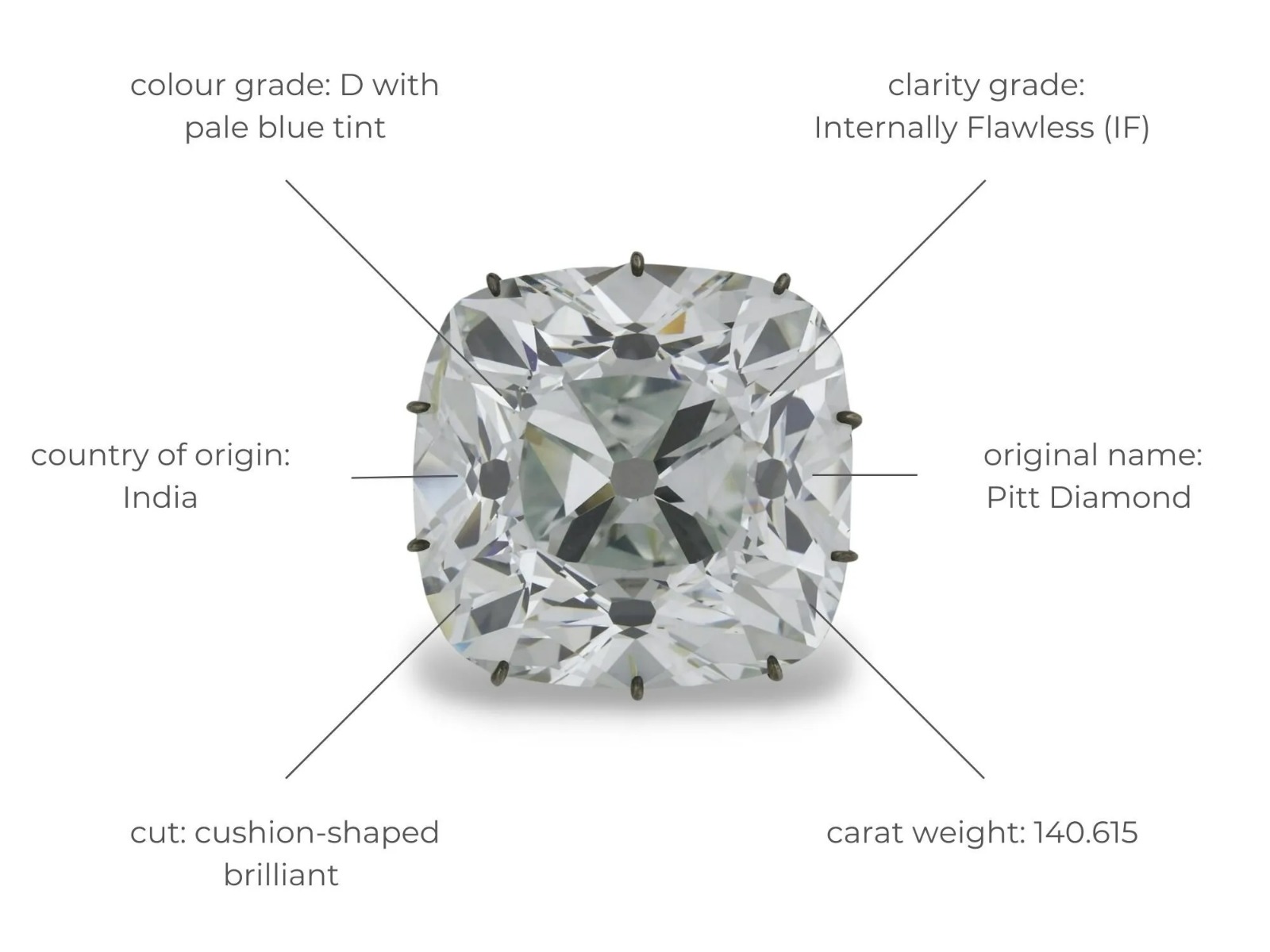
Image credit: Diamond Buzz
The Regent Diamond is a 140.64-carat diamond that has an ever-so-slightly blue hue. The origin of this diamond was chilling, as it was found in 18th century India by an enslaved person who carried it in a self-inflicted leg wound so that it would not be discovered. He was promised help smuggling the gem out of India by an English commodore. However, he murdered the slave instead and took the stone for himself.
The French Regent Philippe II of Orleans, who the diamond gets its name from, acquired the enormous cursed gemstone. As with The Sancy Diamond, the Regent disappeared during the French Revolution. However, it resurfaced, decorating Napoleon I's sword.
The emperor was not safe from the curse, and after the Battle of Waterloo, he was exiled and isolated on a small island in the South Atlantic, where he passed away at 51.
The Regent Diamond is now on display along with the Sancy in the Louvre Museum in Paris.
These pieces of cursed jewellery display how often, throughout history, these beautiful precious stones turned influential people into villains and how greed and desire can make one do horrible things. Their terrible stories are unsettling and fitting for the season of a spooky nature.


